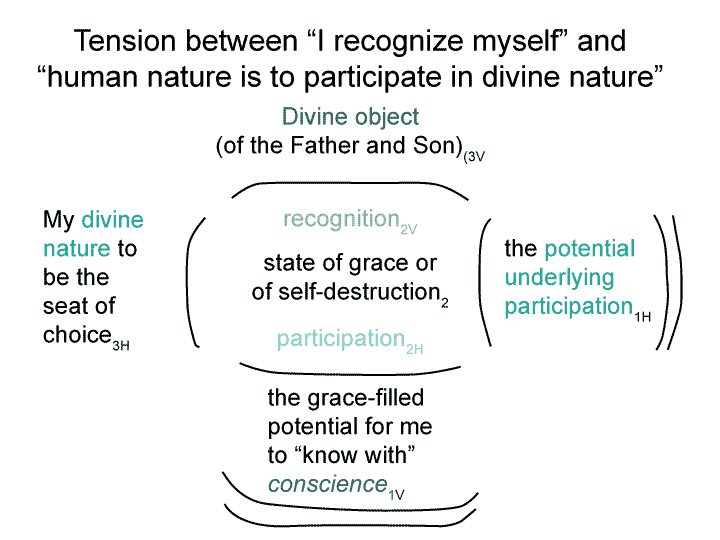Man and Sin by Piet Schoonenberg (1964) 2.2 DL
Summary of text [comment] pages 76 and 77
[The irony of the translator’s use of words cannot go unremarked.
Today, in 7816 U0’, 50 years after Schoonenberg’s book was translated into English, the words ‘freedom of choice’ precisely (that is, by definition) veil a particular sin, in order to reduce the capacity of our freedomconcrete to virtuously remedy a situation.
The feminist’s slogan and the title of Milton Friedman’s television series both use the words ‘free to choose’, but the corresponding symbolic orders are radically different. They are talking different languages. Consequently, each cannot comprehend the other.
One must exclude the other using sovereign power. This is what feminism, as an (infra)sovereign religion, does.
Feminism belongs to the Progressive sovereign religion. Milton Friedman’s libertarianism does not.]

